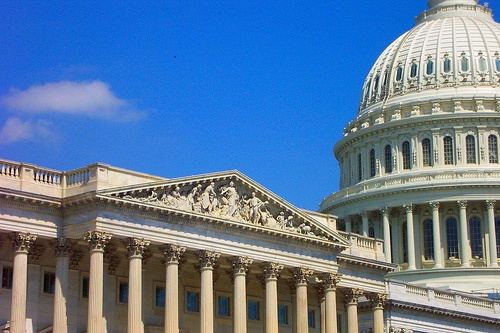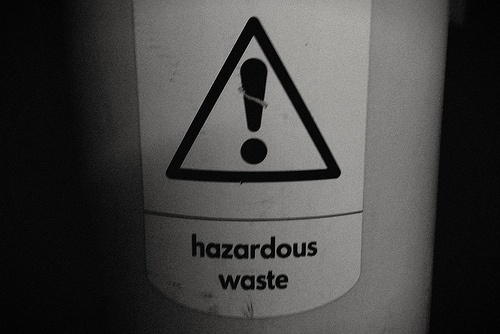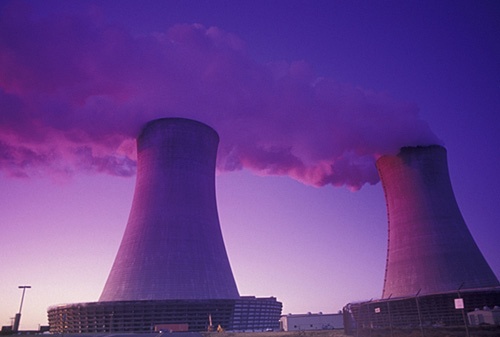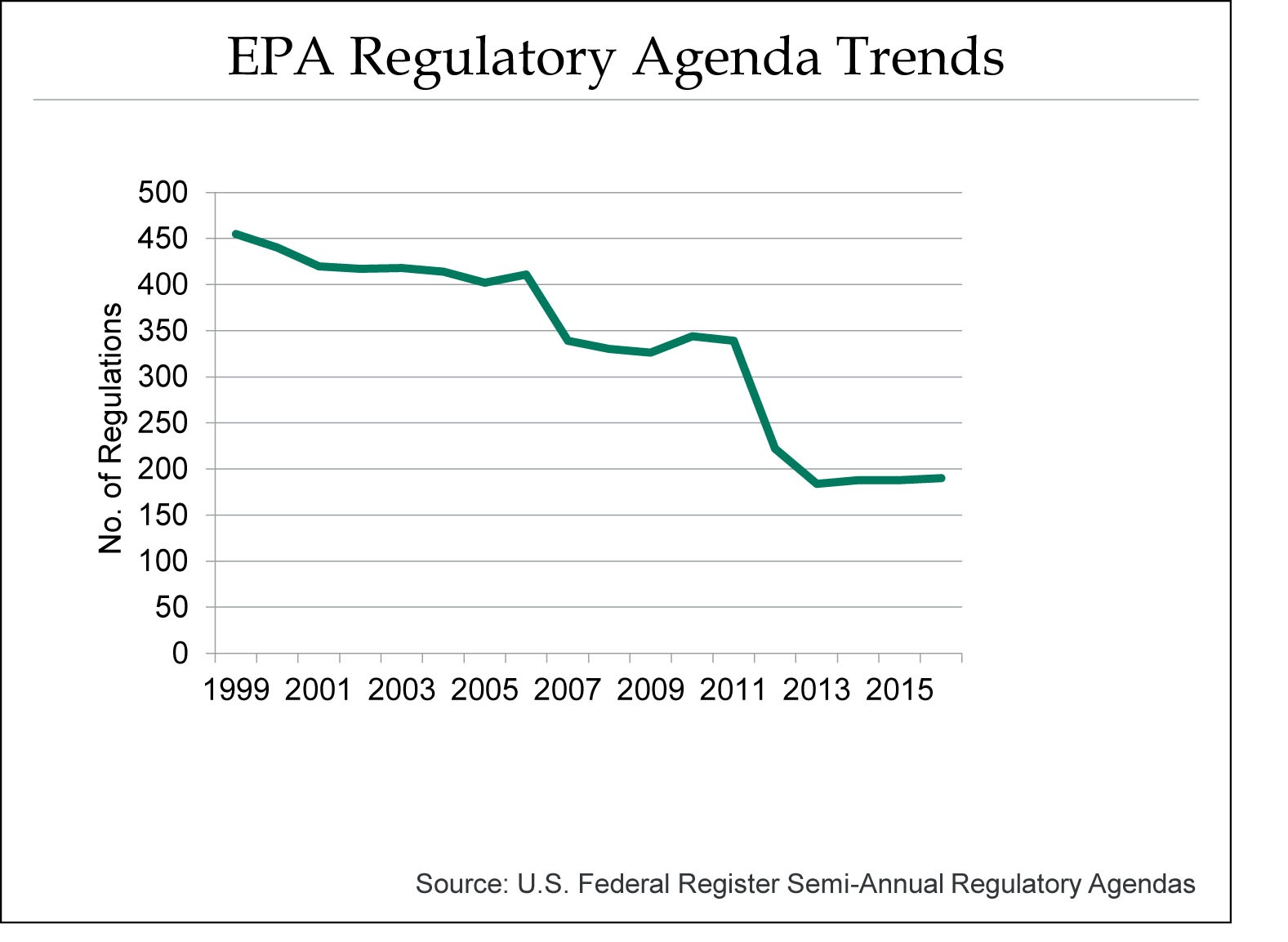Audit, Compliance and Risk Blog
Tags: Business & Legal, Environmental risks, Environmental, EPA
Effective February 16, 2017, the Environmental Protection Agency (EPA) has issued a revised “National Pollutant Discharge Elimination System [NPDES] General Permit for Discharges from Construction Activities” (CGP).” This new 2017 CGP replaces EPA’s 2012 CGP, updating requirements for entities with construction sites that disturb more than 1 acre of land – readers should keep in mind that this covers individual projects, so that even if your organization isn’t a construction company or developer, a big expansion at your facility may be covered.
Read MoreTags: Health & Safety, Environmental risks, Environmental, EPA, Stormwater
EPA Revises Hazardous Waste Generator Requirements – Part 2 (Separate Summaries For Generator Categories)
Posted by Jon Elliott on Tue, Feb 21, 2017
In November, EPA published substantial regulatory revisions (which EPA entitles collectively as the Hazardous Waste Generator Improvements Rule). The revisions are scheduled to become effective on May 30, 2017. In Part 1 of this pair of blogs (click here), I summarized the principal revisions. In this Part 2 I re-compile the changes applicable to different categories of generators:
Read MoreTags: Environmental risks, Environmental, EPA, Hazcom
EPA Revises Hazardous Waste Generator Requirements – Part 1
Posted by Jon Elliott on Thu, Feb 16, 2017
In November, the U.S. Environmental Protection Agency (EPA) published substantial revisions to its hazardous waste regulations, which it entitles the “Hazardous Waste Generator Improvements Rule (HWGIR).” These include more than 60 changes to specific requirements, plus dozens of technical clarifications and corrections. Some requirements apply to nearly all generators, while others are targeted at one or more of three volume-based tiers. EPA has scheduled the revisions to take effect on May 30, 2017 – but it’s possible that some provisions will be reviewed and revised by the incoming Trump Administration before that date.
Read MoreTags: Environmental risks, Environmental, EHS, EPA, Hazcom
U.S. EPA Regulatory Outlook: Yesterday, Today and Tomorrow
Posted by Larry Cahill on Tue, Feb 14, 2017
“Plans to protect air and water, wilderness and wildlife are in fact plans to protect man.”
Stewart Udall, 37th U.S. Secretary of the Interior (1961-1969)
With the inauguration of a new U.S. President and the changing of the guard in the Executive Branch of the government, there has been considerable discussion and concerns expressed about new directions that might be taken by the incoming administration. One area of heightened interest has been regulatory reform. This article discusses what regulatory reform might mean to one particular government agency – the U.S. Environmental Protection Agency (EPA). To put things in perspective, first the history of environmental laws and regulations is discussed briefly. This is followed by an analysis of the historical growth of environmental regulations and how a January 30th Presidential Executive Order and certain other initiatives might impact that growth. And finally, a word of caution about gutting environmental regulations, lest we forget the Agency’s legislated responsibilities and substantial accomplishments in protecting human health and the environment.
Read MoreTags: Environmental risks, Environmental, EPA
U.S. Environmental Regulatory Trends at the Close of the Obama Administration
Posted by Larry Cahill on Thu, Jan 19, 2017
“The care of human life and happiness, and not their destruction, is the first and only object of good government.”
Tags: Business & Legal, Health & Safety, Environmental risks, Environmental, EPA
Since last November’s election, reporters, pundits and rumor-mongers have all worked overtime trying to predict President-elect Trump’s actions. I’ve resisted joining that chorus. Environmental issues received only a tiny portion of candidate Trump’s rhetorical attention (I presented a compilation before the election here), and he had said and done little about these issues since the election.
Read MoreTags: Environmental risks, Environmental, EPA
EPA Adds Subsurface Intrusion to the Superfund Hazard Ranking System
Posted by Jon Elliott on Tue, Jan 10, 2017
On December 7, the US Environmental Protection Agency (EPA) revised the Hazard Ranking System (HRS) it uses to compare site contamination and to designate the most hazardous sites for the National Priority List (NPL) for cleanup. This revision adds “subsurface intrusion” – i.e., intrusion of hazardous liquids such as contaminated groundwater and/or vapors from subsurface chemical contamination into structures – to the potential pathways to public harm evaluated by HRS when evaluating contaminated sites. This represents the first additional pathway added in nearly three decades. The revisions will become effective 60 days after publication in the Federal Register, presumably during the first quarter of 2017.
Read MoreTags: Environmental risks, Environmental, EPA, Hazcom
EPA Proposes First Major Reviews of Existing Chemicals Under the 2016 Amendments to TSCA
Posted by Jon Elliott on Tue, Dec 13, 2016
The Toxic Substances Control Act (TSCA) was enacted in 1976 to develop adequate data regarding the effects of chemical substances and mixtures on human health and the environment, and to prevent unduly hazardous chemicals from entering commercial use. Over the next 40 years the US Environmental Protection Agency (EPA) focused on addressing new chemical substances, and made minimal progress on updating information about the 62,000 chemicals already in commerce when TSCA was enacted, to discern whether those chemicals posed unacceptable hazards. (I summarized basic provisions here). As the exception proving that rule, EPA conducted a decade-long review of asbestos before determining it should be banned, only to have the decision overturned by a federal court finding that the agency hadn’t incorporated adequate cost-benefit analyses.
Read MoreTags: Environmental risks, Environmental, EPA, Hazcom, tsca
As entrepreneurs commercialize “nanomaterials”, occupational safety and health (OSH) agencies and professionals are developing standards to evaluate and manage the associated hazards. These protective efforts cover the full range of OSH agency efforts. The easiest step is to expand application of the Employer’s General Duty to protect workers against workplace hazards to cover nanomaterials –easiest since this Clause requires employers to take steps against “recognized” hazards, and do not bind the agencies to promulgate specific standards (I’ve written about the General Duty Clause here, and about recommendations for comprehensive safety and health programs here). At the other extreme, the Occupational Safety and Health Administration (OSHA) or other OSH agencies can issue enforceable OSH standards –so far there are none exclusively addressed to nanomaterials, although some materials do trigger some standards (see below). Between these extremes, agencies can and do offer non-mandatory but detailed guidelines for some hazards – the National Institute for Occupational Safety and Health (NIOSH) just issued such a guide for nanomaterials, building on similar publications by other agencies. The rest of this blog discusses the new NIOSH guide, “Building a Safety Program to Protect the Nanotechnology Workforce: A Guide for Small to Medium-Sized Enterprises” (NIOSH Guide), and references some of resources used to produce them.
Read MoreTags: Employer Best Practices, Health & Safety, OSHA, Employee Rights, EPA










